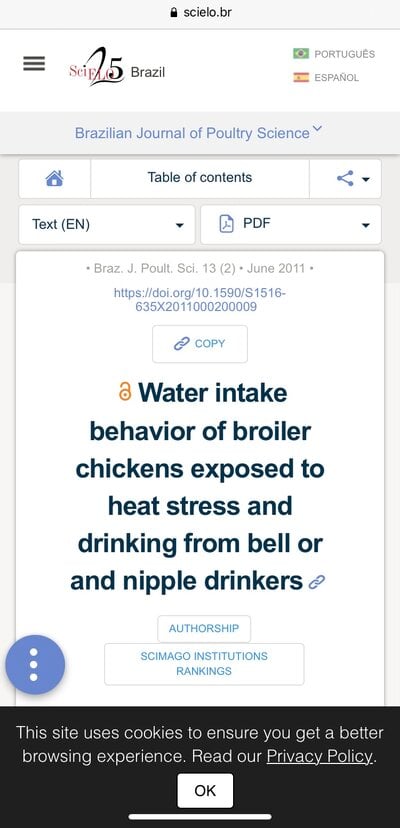In the past we've used standard gravity waterers but I see that nipple waterers have become much more popular in the last few years.
Obviously the nipple waterers will stay cleaner since there isn't a trough/well of water for chickens to scratch bedding into. What I'm wondering is if the water intake is the same with both types. I know about 10 years ago there was some veterinary studies that indicated rabbits and other small mammals had better water intake when offered bowls vs water bottles. I was curious if there's any similar studies with birds.
Obviously the nipple waterers will stay cleaner since there isn't a trough/well of water for chickens to scratch bedding into. What I'm wondering is if the water intake is the same with both types. I know about 10 years ago there was some veterinary studies that indicated rabbits and other small mammals had better water intake when offered bowls vs water bottles. I was curious if there's any similar studies with birds.




 Well, I still use the metal poultry water founts with the metal heater base for winter use.
Well, I still use the metal poultry water founts with the metal heater base for winter use.
